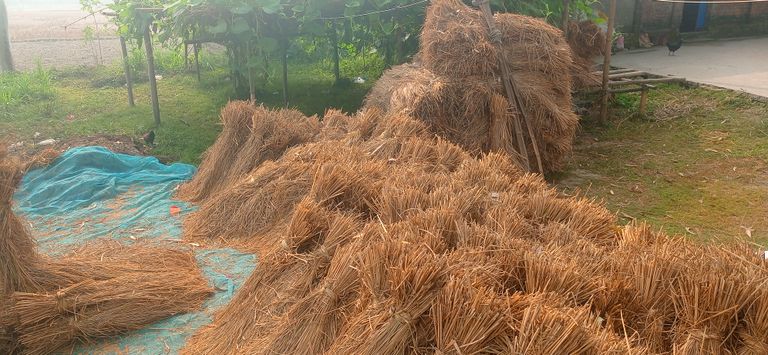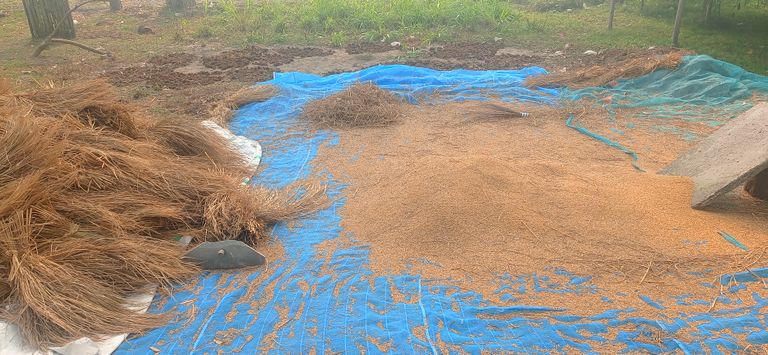The paddy harvesting and threshing season is one of the most significant agricultural events in rural areas, especially in regions dependent on rice cultivation. It marks the culmination of months of hard work and dedication, as farmers prepare to reap the rewards of their labor. The process of harvesting and threshing is an intricate one that involves several steps, each requiring skill, timing, and coordination, ensuring that the rice is properly collected, separated from the stalks, and prepared for market or consumption.


The harvesting season begins when the paddy plants reach full maturity. This typically occurs about four to six months after sowing, depending on the variety of rice and the local climate. Farmers carefully observe the crop, checking for signs that the rice grains have ripened. The grains change from green to golden brown, and the plants begin to lean under the weight of the mature rice heads. At this point, the time for harvest has arrived.


In rural areas, harvesting often involves a mix of traditional and modern methods. In the past, farmers would manually cut the rice with sickles, a time-consuming and labor-intensive task. However, with technological advancements, many farmers now use mechanized harvesters, which can quickly and efficiently cut down large swathes of paddy fields. Despite the increasing use of machines, many smaller or more traditional farms still rely on manual labor. Families often come together during this time, working in the fields from dawn to dusk. The sound of sickles cutting through the rice and the chatter of workers fills the air.


After the paddy has been harvested, it must be separated from the stalks in a process known as threshing. Traditionally, threshing was done by hand, where farmers would beat the rice bundles against a hard surface or use animals to tread over the paddy. However, today’s mechanized threshers have made the process faster and more efficient. These machines separate the rice grains from the stalks with minimal effort and waste.


Threshing is a critical part of the harvest season, as it ensures that the rice grains are properly separated and cleaned. After threshing, the rice is cleaned to remove any debris, dust, or broken grains. The harvested rice is then stored in large sacks or silos to prevent spoilage and protect it from pests. In some cases, farmers may also dry the rice in the sun to reduce moisture content before storage, ensuring that the grains remain fresh until they are sold or used.


The paddy harvesting and threshing season is not just a period of hard work but also a time of celebration. It represents the end of a long growing cycle and the promise of food security for the upcoming months. In rural communities, the harvest is often accompanied by festivals, rituals, and feasts. It is a time for the community to come together, give thanks for the abundant harvest, and celebrate the importance of agriculture in their lives.


In conclusion, the paddy harvesting and threshing season is a defining moment in the agricultural calendar. It is a time when the fruits of the farmers’ labor are collected, and their efforts culminate in the production of a staple food that sustains millions of people. Whether through traditional or modern methods, the process is an essential part of rural life, linking people to the land and their cultural heritage. The season is a reminder of the importance of agriculture, community, and the cycles of nature in ensuring food security and economic stability.
So far Today...
Stay Home
Thanks for Your Time Friend.
♥♥♥♥♥♥
Ok
See you Again in a New blog.
Thanks for being with me.
Plese Follow Me......
@mspbro
★★To contact me★★
Subscribe My 3speak Channel https://3speak.online/user/mspbro
Follow me Twitter https://twitter.com/mdsumonpra
Add me Facebook https://www.facebook.com/sumon.mim84